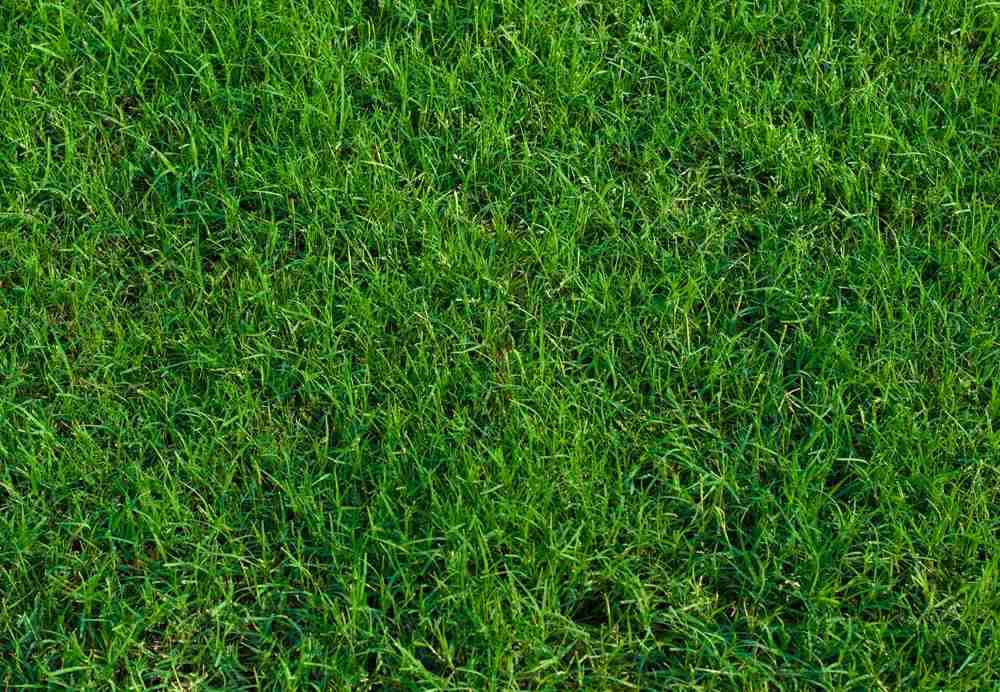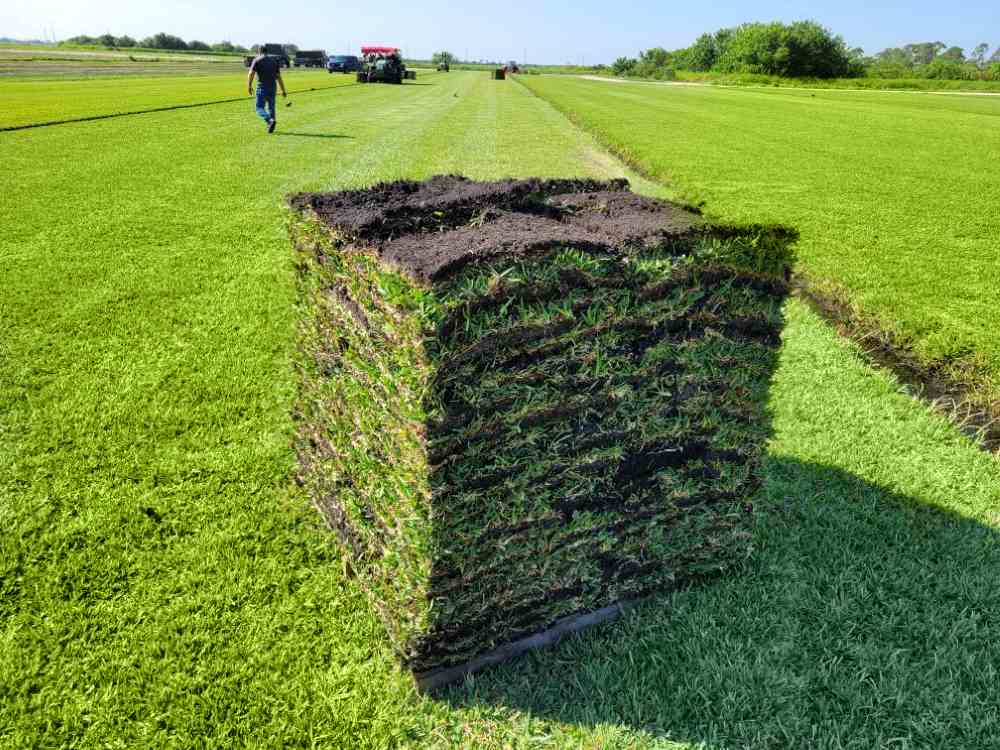With growing environmental awareness, the demand for sustainable landscaping solutions is at an all-time high.
Amid these demands, bermudagrass emerges as a strong and resilient contender in the realm of drought-tolerant landscapes. This hard-wearing grass doesn’t simply survive in challenging conditions—it thrives. It requires significantly less water than many other traditional lawns and provides many other benefits for homeowners, landscapers, and the environment.
Bermudagrass is a symbol of resilience and sustainability, making it an excellent option for water-conscious landscapes in California.
Addressing Water Shortage in California with New Restrictions
With drought and water shortages becoming increasingly prevalent, stringent water restrictions are being enforced to prevent severe scarcity and ensure fair water distribution. Some districts, recognizing the need for conservation, have even enforced permanent restrictions. These regulations often limit the amount of water that can be used and when and how it can be applied, aiming to curb excessive water usage.
For example, the State Water Resources Control Board has recently approved a statewide policy requiring some municipal water suppliers to cut water provision by nearly 40% over the next 15 years. Meeting these restrictions can avoid fines of up to $10,000 per day for non-compliant districts. These cuts will be enforced gradually, starting with initial reductions by 2025, followed by additional cuts every five years until 2040. Measures to achieve these savings include mandatory restrictions, higher rates for heavy water users, and incentives for adopting low-flow appliances. In 15 years, the regulation is projected to generate a cumulative savings of 500,000-acre-feet of water annually, enough to supply more than one million households.
The Increasing Need for Water-Saving Landscape Solutions
Grass contributes significantly to a healthy environment. It produces oxygen, aids in preventing erosion, and creates a dense, green landscape that supports a diverse ecosystem.
While lawns may require some water, these benefits far outweigh the perceived disasdvantages. In California, traditional lawns account for approximately 40-60% of landscape irrigation, translating to an estimated 3.5-5% of the state’s total water use. Overall, landscape irrigation makes up about 50% of annual residential water consumption statewide.
Incorporating drought-tolerant grass and native plant varieties is an excellent solution to maximize these benefits while being mindful of water use. These plants are well-adapted to local climate conditions and thrive with minimal supplemental water. This approach not only conserves water but also supports the environment, contributing to a more sustainable and resilient landscape.
Bermudagrass has emerged as a groundbreaking solution to the water shortage issues. This grass variety flourishes in arid environments, displaying remarkable drought resistance. Moreover, years of research and development have resulted in hybrid and improved bermudagrass varieties with further enhanced capabilities, such as superior shade tolerance and a heightened ability to maintain a vivid color even during extended dry spells. These advancements position bermudagrass as an excellent option for sustainable, water-efficient landscapes in California.

The Water-Saving Benefits of Bermudagrass
Scientifically known as Cynodon dactylon, bermudagrass is a warm-season grass from Africa. It has earned global recognition for its resilience and adaptability and is celebrated for its exceptional heat and drought tolerance, which allows it to thrive in hot, dry climates.
These sought-after properties are attributed to its deep root system, which allows it to access moisture deeper in the soil. This ability allows bermudagrass to endure extended drought periods, survive water restrictions, and conserve water, translating to lower water bills for homeowners and contributing to sustainable landscaping practices.
Durability and Resilience: Its deep root system also improves bermudagrass’s durability, allowing it to withstand heavy foot traffic. This resilience makes it an obvious choice for high-traffic areas like golf courses, athletic fields, parks, and residential lawns.
Fast Growth and Quick Recovery: Bermudagrass is known for its vigorous growth and can quickly recover from damage. Its spreading growth habit helps cover bare patches and sparse areas, making it ideal for areas where fast coverage or repair is necessary.
Salt Tolerance: Bermudagrass also exhibits salt tolerance, making it appropriate for coastal regions. This adaptability ensures its survival while maintaining an aesthetic appeal in various challenging conditions.
Best Practices for Cultivating Water-Efficient Bermudagrass
While bermudagrass is naturally drought-tolerant, implementing strategies to boost its resilience and train it to use less water can help it withstand the challenges posed by water restrictions.
Water Only As Necessary
Avoid unnecessary watering, especially after heavy rainfall. Instead of following a strict watering schedule, adjust your watering based on weather conditions and moisture levels in your lawn to prevent overwatering and conserve water.
Water Deeply But Less Often
Warm-season grasses generally require 1-1.5 inches of water per week. Aim to distribute this water requirement in 1-2 watering sessions, ensuring the water penetrates 6-8 inches deep into the soil. This practice encourages deep and extensive root growth, allowing grass to access moisture deep within the soil and training it to be more drought-resistant.
Adhere to Water Restrictions
Local water restrictions aim to conserve and ensure the fair use of water resources. These regulations specify watering days, times, and allowable water quantities. Your compliance not only supports conservation efforts but also avoids potential fines.
Water for Survival
During water restrictions, focus on keeping your lawn alive instead of still aiming for a lush, green look. This means providing just enough water to sustain the grass, even if it results in a yellowing lawn during the summer. Dormancy is your lawn’s natural response to conserve water. Avoid trying to revive it prematurely, as this can stress the grass further and prolong recovery. In this case, water just occasionally to keep the roots and crowns from permanently drying.

Establishing and Maintaining Bermudagrass
Bermudagrass establishes most successfully when planted as sod. While it is drought-tolerant, it still requires watering during the initial stages. But, once established, it should thrive with infrequent but deep watering, which will encourage strong root development and overall health.
This grass type is a sustainable and practical lawn option, providing numerous benefits from water efficiency, wear tolerance, and rapid recovery. Understanding its characteristics and employing the best practices in cultivation and maintenance should equip you to create a resilient and attractive lawn even in challenging environments.
Introducing bermudagrass to your lawn not only contributes to its aesthetic appeal but also to the collective effort toward water conservation and sustainable landscaping.Visit The Real California Lawn today for more tips on cultivating a resilient landscape with bermudagrass.
